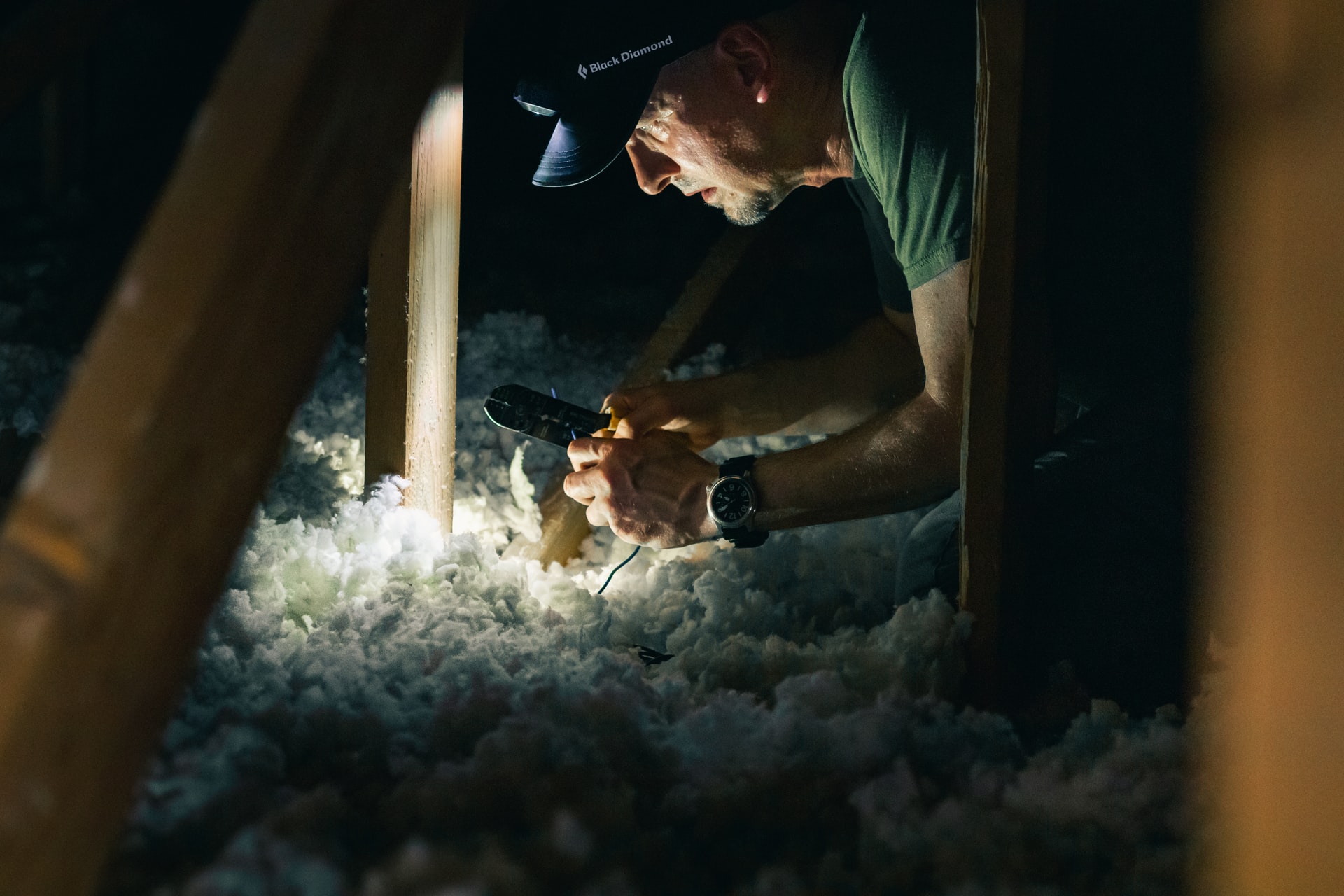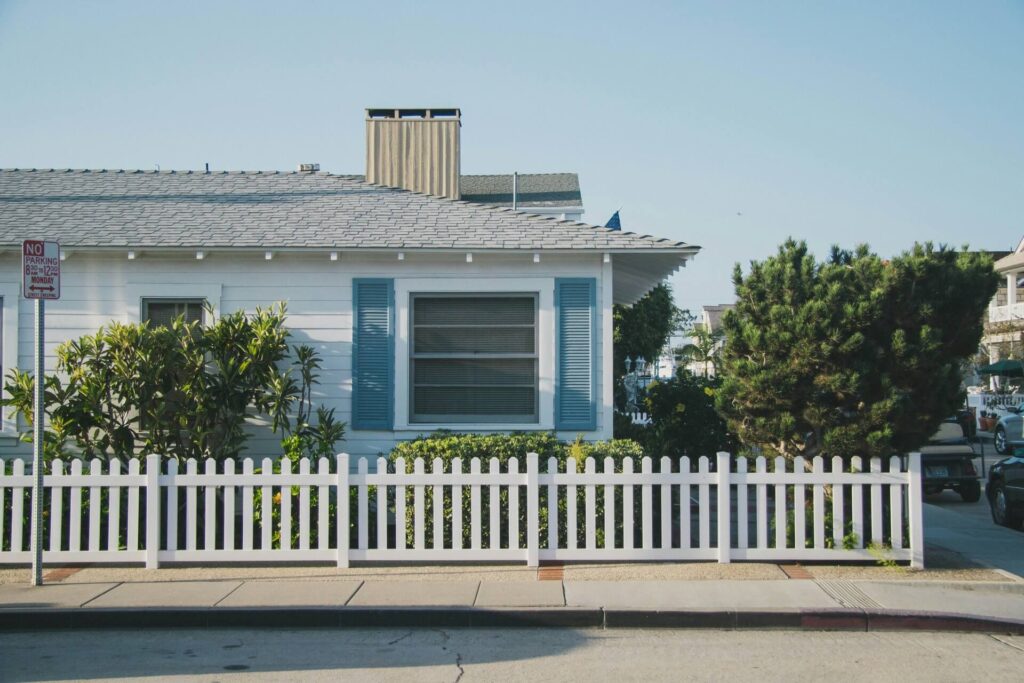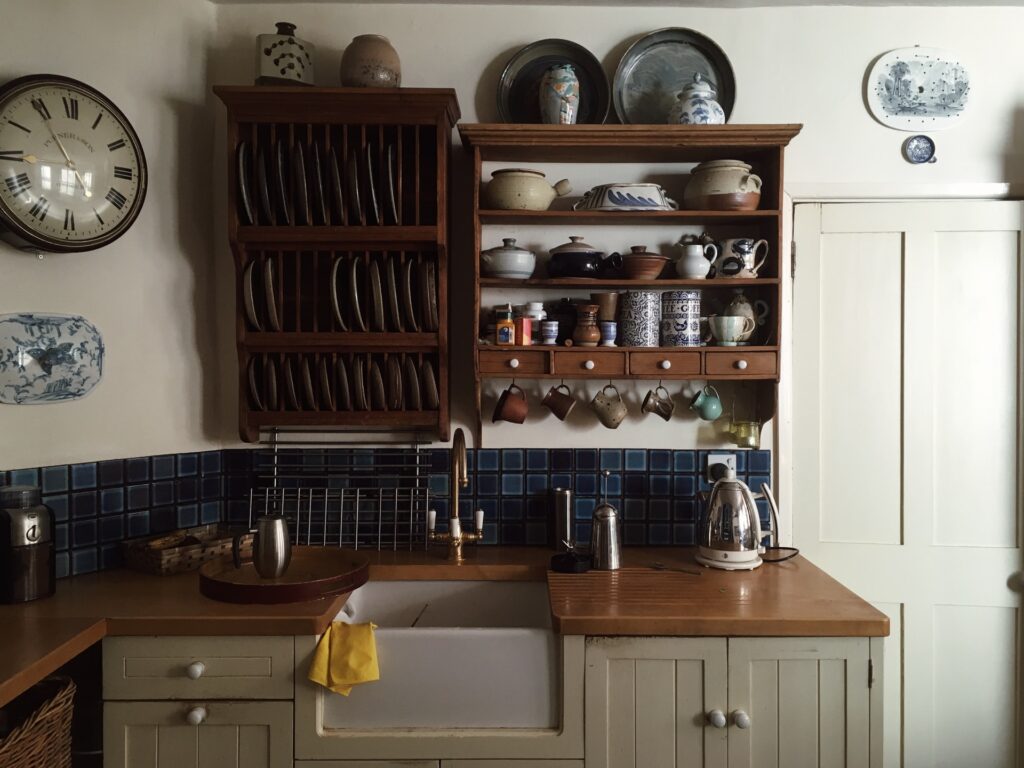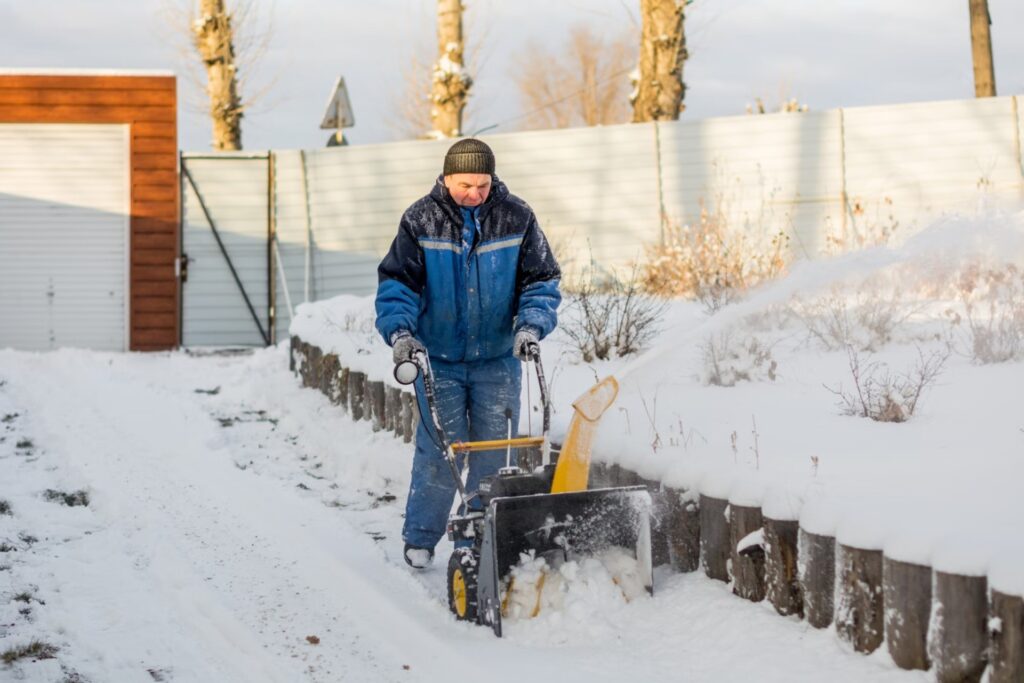
We are reader-supported. When you buy through links on our site, we may earn an affiliate commission.
If you want your home to feel nice and toasty in the winter, then it is essential that you know how to insulate your home. Not only will insulating your home keep it warm, but it can also make your space more energy-efficient. Plus, you will also see a drop in your heating and cooling bills.
Cracks and openings in your interior structures can cause energy to leak out. Here are some key areas in your home you should consider insulating and how to properly insulate them.
1. Your Attic
Insulating your attic can keep the space more comfortable and prevent energy leaks. It can also be beneficial if you ever decide to turn your loft into an extra room. However, you need to know how to insulate the area effectively.
To insulate your attic, measure the thickness of your current insulation. This can help you calculate the R-value. An R-value measures the material’s resistance to conductive heat flow. The higher the value, the more insulation. The best value for your home depends on the climate you live in and the type of heating or cooling system you have.
Before starting the insulation process, seal up any air leaks and make any roof repairs. Seal up the areas around your attics, windows, wires, pipes, ducts, and chimney. Make sure you also direct all your exhaust vents and fans toward the exterior.
You want to insulate and air-seal the vertical walls that have space right behind them. When it comes to what materials to use, you have a few options. Here are two options to choose from:
- Loose-fill: These fibers are packaged inside bags and blown into place. This works best for attics with irregular joist spacing.
- Batts: This material comes in rolls of various sizes. Batts are better for lofts that have standard joist spacing.
2. Your Ducts
If your ducts are located in an unconditioned space, you will want to seal them. Your ducts carry the air from your furnace to each room. When your pipes leak heat into unintended spaces, it can waste energy and increase your bills. This is why it is critical to check for duct leaks.
Here the steps to detect any duct leaks in your home:
- Turn your thermostat to fan mode.
- Locate the HVAC air handler.
- Check the pipework in open areas first.
- Light an incense stick.
- Follow the duct from the air handler along the length of the entire room.
- As the incense smoke wavers in the draft, patch any leaks with foil tape.
When you go to insulate your tubes, use duct mastic. It is more durable and easier to install. You can use foil tape or butyl tape as an alternative. For your cooling ducts, make sure to install a wall-seal vapor barrier to prevent moisture condensation.
3. Your Ceiling
Insulating your ceiling helps to evenly disturb heat throughout your house. When deciding how to insulate your ceiling, you have materials to choose from, such as:
- Spray foam insulation.
- Blanket fill insulation.
- Loose-fill insulation.
- Structured insulated panels.
A bonus of insulating your ceiling is that it also creates a sound barrier. This is especially convenient if you work from home and have younger children.
4. Your Exterior Walls
Once you seal your attic and ceiling, your exterior walls are the next place you want to focus on. Consider using blown-in insulation for the most effective results. Try spray foam if you’re doing any remodeling projects where walls may be open.
Here are some other materials you can use to insulate your walls:
- Injection foam
- Loose-fill blown-in cellulose
- Blown-in blanket insulation
- Roll insulation
5. Floor Above Your Unheated Garage
Cold air from outside can get into your garage and rise to the ceiling. The air then leaks into the above room through gaps in the floor. This can make the ground feel too cold on your feet.
Before insulating the floor, seal up any gaps or holes with caulk or foam. Then, seal the joints at the top of your garage walls. Also, install supports to keep the insulation in contact with the air barrier above. When it’s time to insulate, consider using spray foam.
6. Your Foundation
Along with reducing energy costs, proper insulation can protect your house from moisture, bugs,
and radon infiltration. Use insulating concrete forms or blocks if you’re remodeling your home. To create this type of permanent foundation, you pour concrete between two insulation layers.
The best materials to use vary based on your area’s climate, so consult a local professional before starting the process.
7. Your Basement
Adding insulation can make your basement more comfortable. This is especially important if you use the space for entertaining. You want to insulate your interior walls to protect against pests and save costs.
You can choose from a variety of materials, such as blanket or foam board insulation. Also, keep in mind the appropriate R-values for your space.
How to Insulate Your Home Effectively
Energy can escape from your home without you even noticing. To ensure the temperature of the house remains comfortable, you want to keep it properly insulated. Consider these tips on how to efficiently insulate your home.







